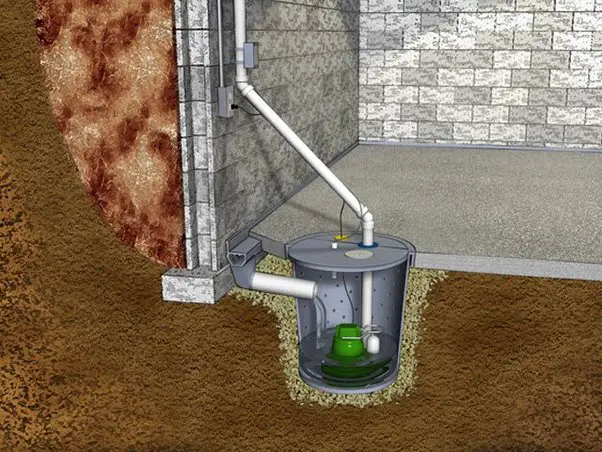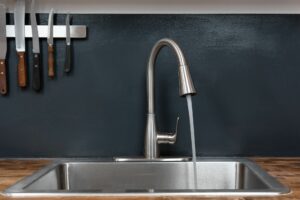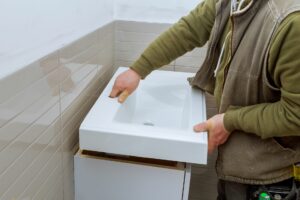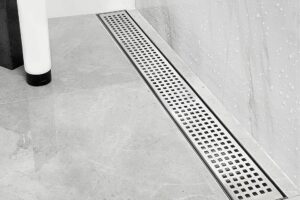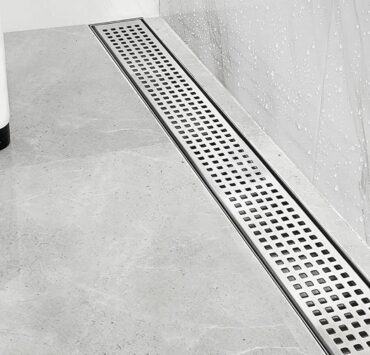A basement floor drain is a critical component in preventing water damage and maintaining a dry basement. You must understand the different types of drains, how they function, and how to address common issues. This comprehensive guide will cover everything you need to know, including maintenance tips and solutions for common problems.

Types of Basement Floor Drains
Traditional Floor Drains
Traditional floor drains are the most common type. They feature a grated opening in the floor connected to an underground pipe, which directs water to the main sewer line or a sump pump. These drains effectively collect excess water and help keep your basement dry.
Trench Drains
Trench drains are long, narrow channels installed along the perimeter of your basement floor. They collect water from the surrounding area and direct it to a designated outlet, such as a sump pump. Trench drains are particularly useful in basements with large surface areas that require efficient water drainage.
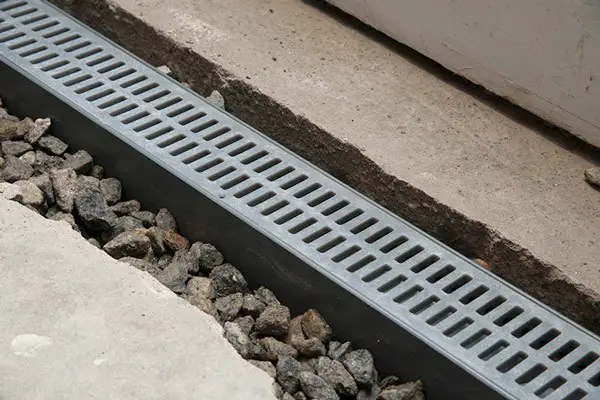
French Drains
French drains, also known as weeping tile systems, are designed to collect and redirect water away from your home’s foundation. They consist of a perforated pipe surrounded by gravel and a drain tile. Installed underground around the foundation, French drains help prevent moisture buildup and potential damage to your basement walls.
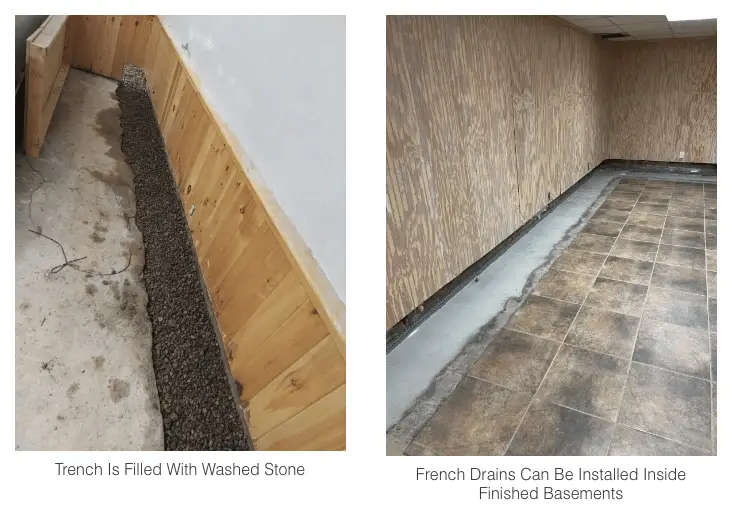
Sump Pumps
Although not a drain in the traditional sense, sump pumps play a vital role in basement water management. A sump pump is a device that collects water in a basin and pumps it out of the basement, preventing flooding and excess moisture. Sump pumps often work in conjunction with other drainage systems, such as floor drains or French drains.
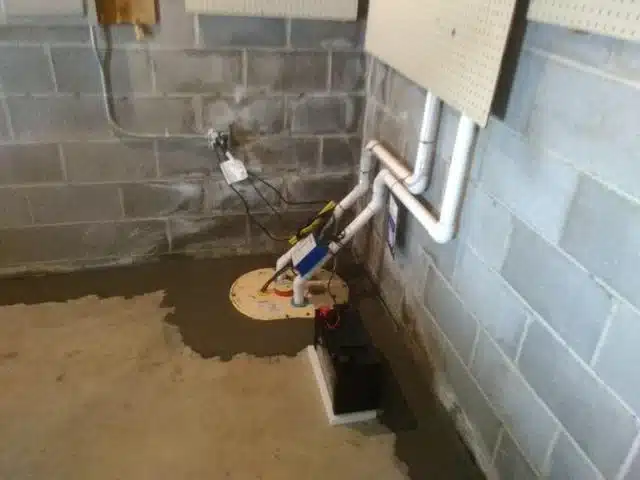
Common Issues and Solutions
Basement Floor Drain Backing Up
A backed-up in the drain can result from clogs, sewer line issues, or heavy rainfall. Here are some steps to address this issue:
- Use a plunger or a plumber’s snake to remove any clogs in the drain.
- Inspect the sewer line for blockages or damage. Consult a professional plumber if necessary.
- Install a backwater valve to prevent sewer backups during heavy rainfall.
Old House Basement Floor Drain Diagram
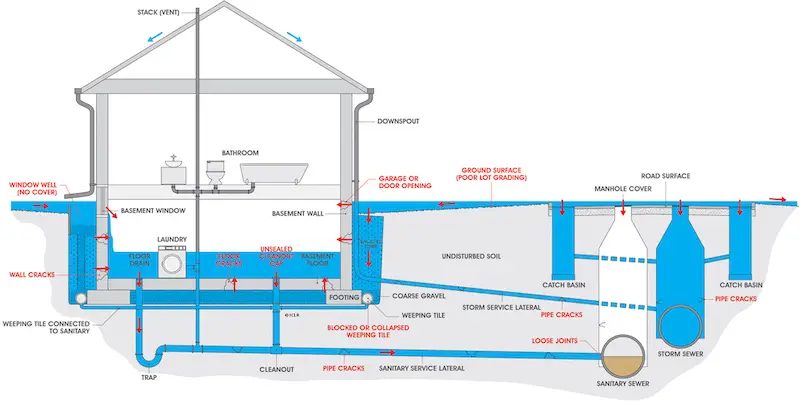
Older homes may not have an accurate or up-to-date basement floor drain diagram. To ensure your home’s drainage system is functioning correctly:
- Familiarize yourself with the layout of your home’s drainage system.
- Consult a professional plumber to inspect the system and ensure it’s up to code.
- Update or create a new diagram for future reference and maintenance.
Drain Cover
The cover prevents debris and objects from falling into the drain and causing clogs. To maintain your drain cover:
- Check your drain cover regularly for damage, wear, and proper fit.
- Clean the cover of debris, such as leaves or dirt, to ensure proper drainage.
- Replace damaged or worn covers as needed to prevent clogging.
Maintaining
Proper maintenance is essential for a functioning drain. Follow these tips to ensure a healthy, dry basement:
- Inspect and clean your basement drain regularly. Remove debris and buildup that could cause clogs.
- Test your sump pump regularly, especially during periods of heavy rainfall, to ensure it’s working correctly.
- If you have a French drain, keep the surrounding gravel clean and free of debris.
- Monitor your basement for signs of moisture, such as mold or mildew, which could indicate drainage issues.
Frequently Asked Questions
How often should I clean my basement floor drain?
It’s a good idea to clean your basement drain at least once a year, or more frequently if you notice water pooling or slow drainage.
What can cause a basement floor drain to smell?
A foul odor coming from your basement drain could indicate a buildup of bacteria, mold, or stagnant water. Regular cleaning and proper maintenance can help prevent these issues.
Can I install a basement floor drain myself?
While a DIY-savvy homeowner can install a basement floor drain, it’s generally recommended to consult with a professional plumber. Proper installation is crucial to prevent future problems and ensure the drain complies with local building codes.
What should I do if water is coming up through my basement floor drain?
If water is coming up through your basement floor drain, it may be due to a clog or a problem with your sewer line. Try using a plunger or a plumber’s snake to clear any potential clogs. If the issue persists, contact a professional plumber to investigate further and recommend the appropriate solution.
How can I prevent my basement floor drain from freezing?
To prevent your basement floor drain from freezing, insulate the surrounding area and maintain a consistent temperature in your basement during the winter months. Additionally, make sure the drain is free of debris, as clogs can contribute to freezing.
A properly functioning basement floor drain is essential for maintaining a dry, healthy living environment in your home. Understanding the different types of basement floor drains, addressing common issues, and performing routine maintenance will ensure your drain operates efficiently and effectively. If you encounter any persistent problems or have questions about your drainage system, always consult with a professional plumber. With a little knowledge and effort, your basement floor drain will serve you well for years to come.
